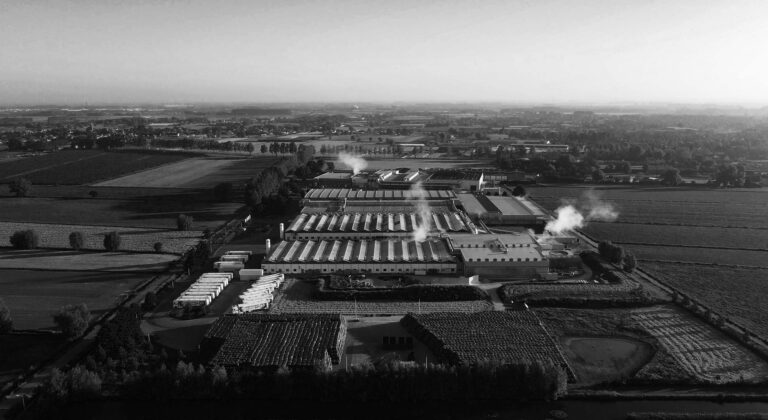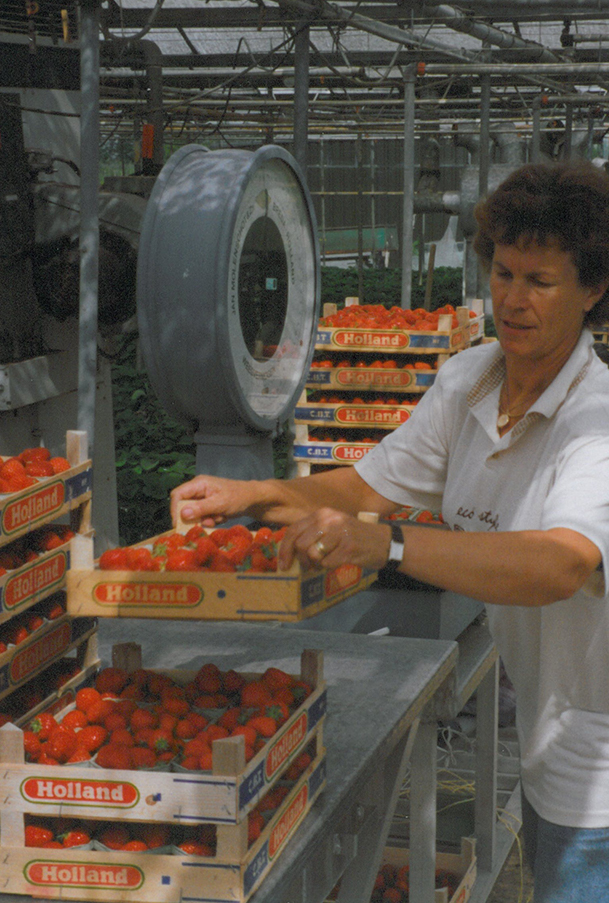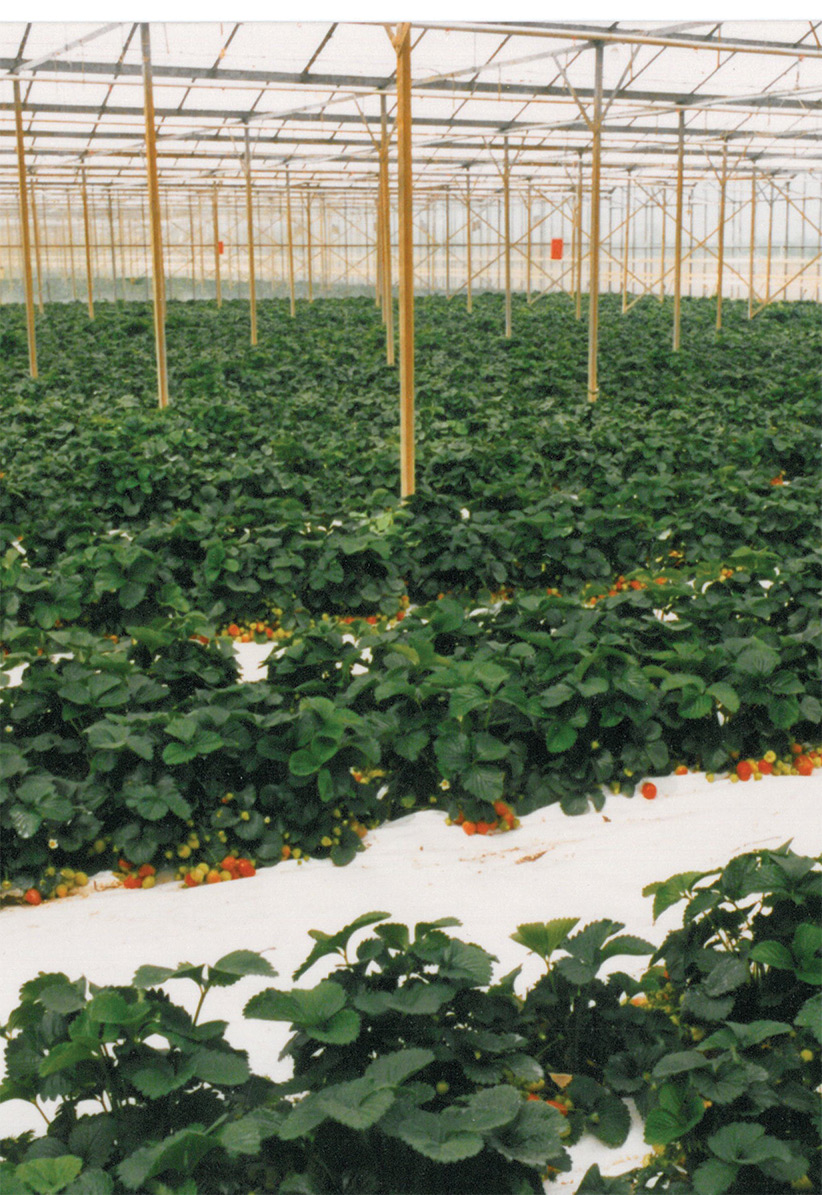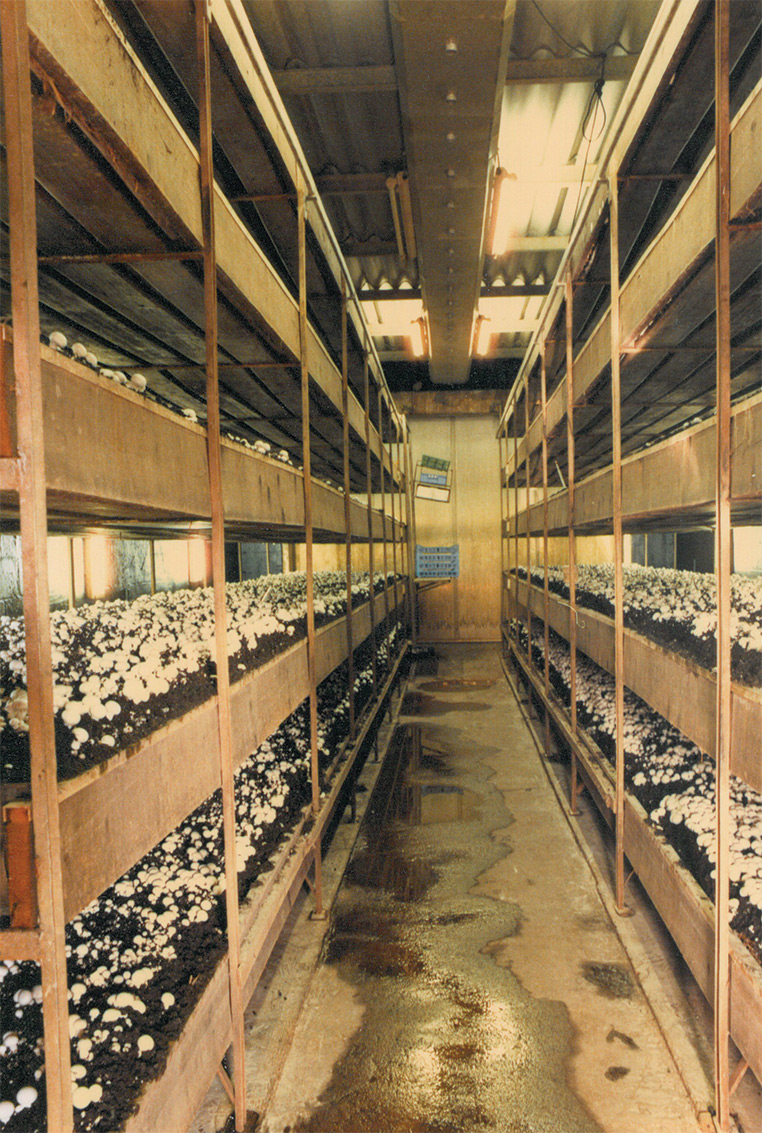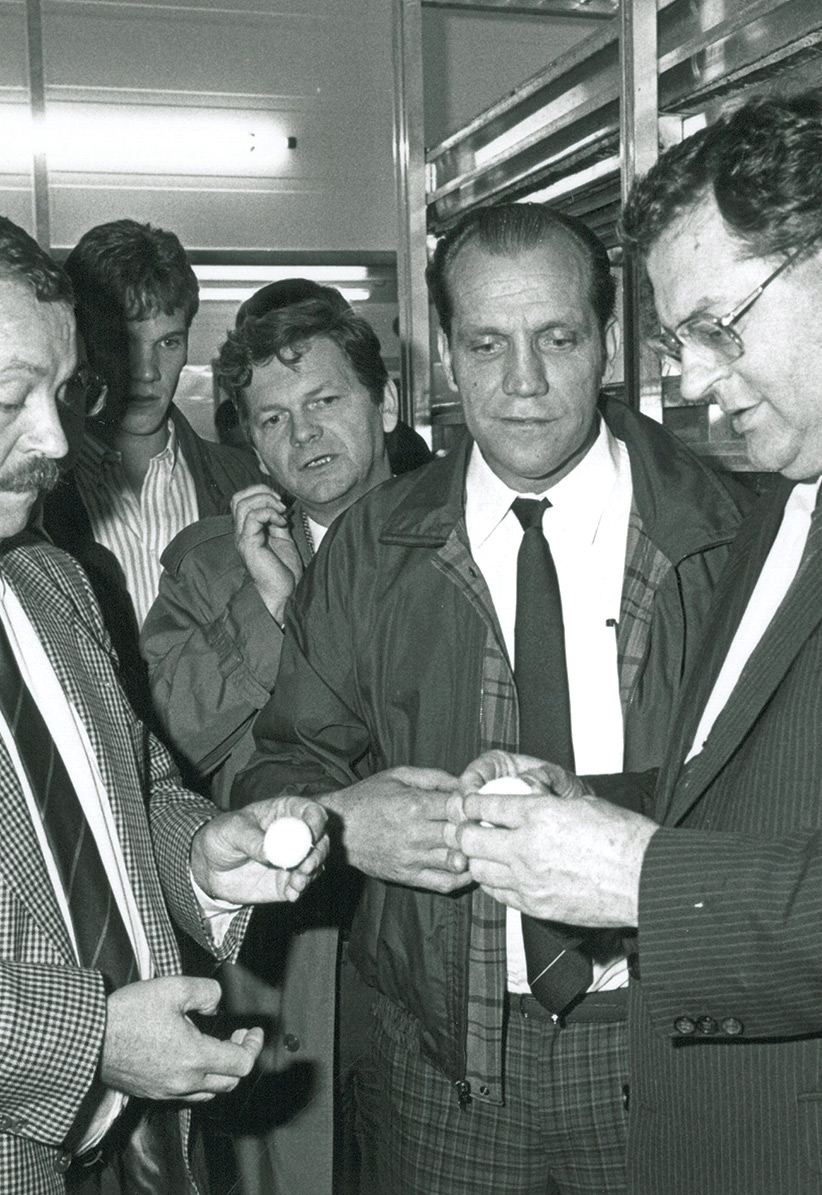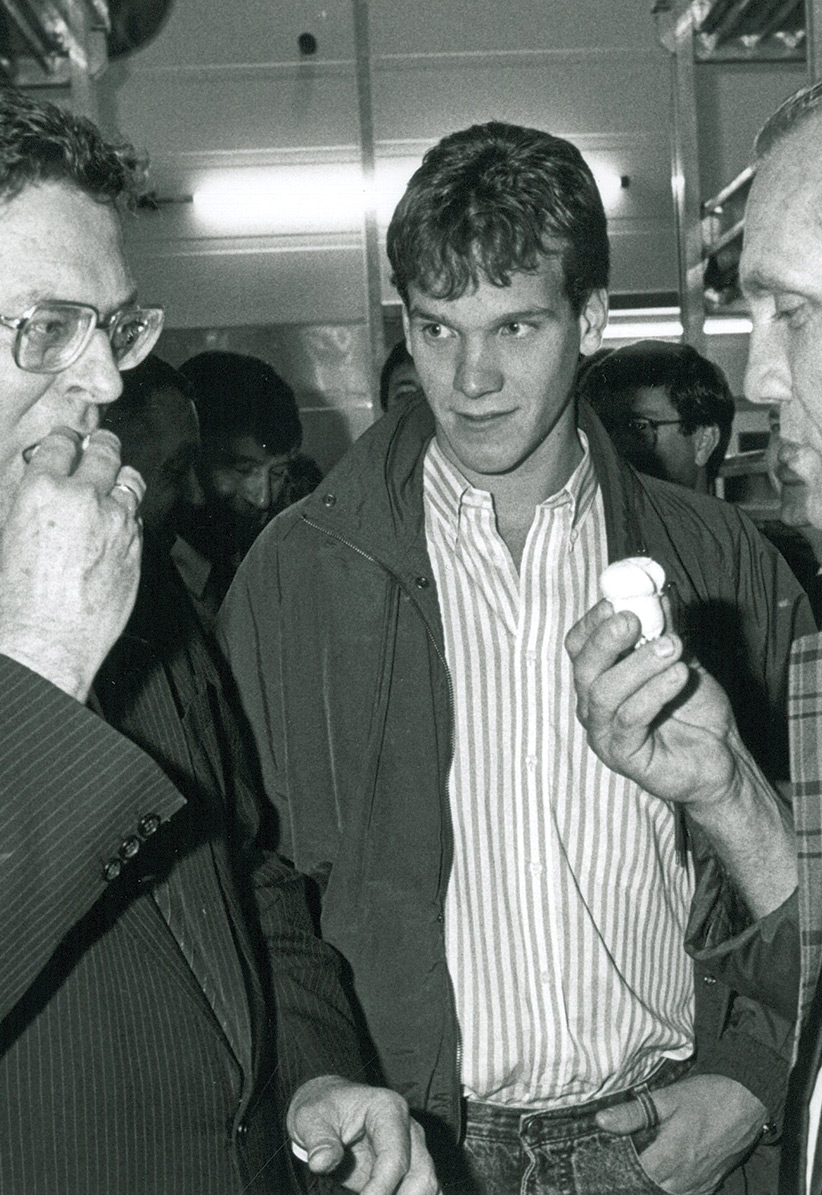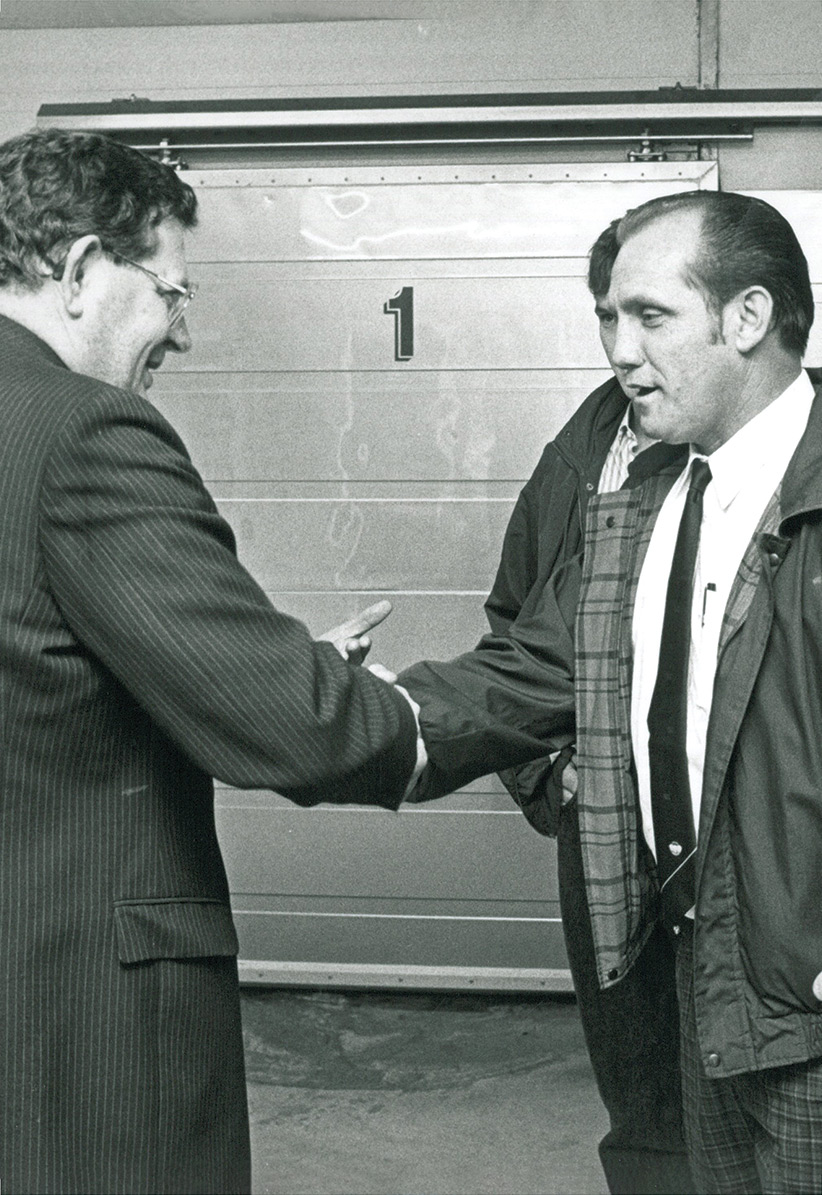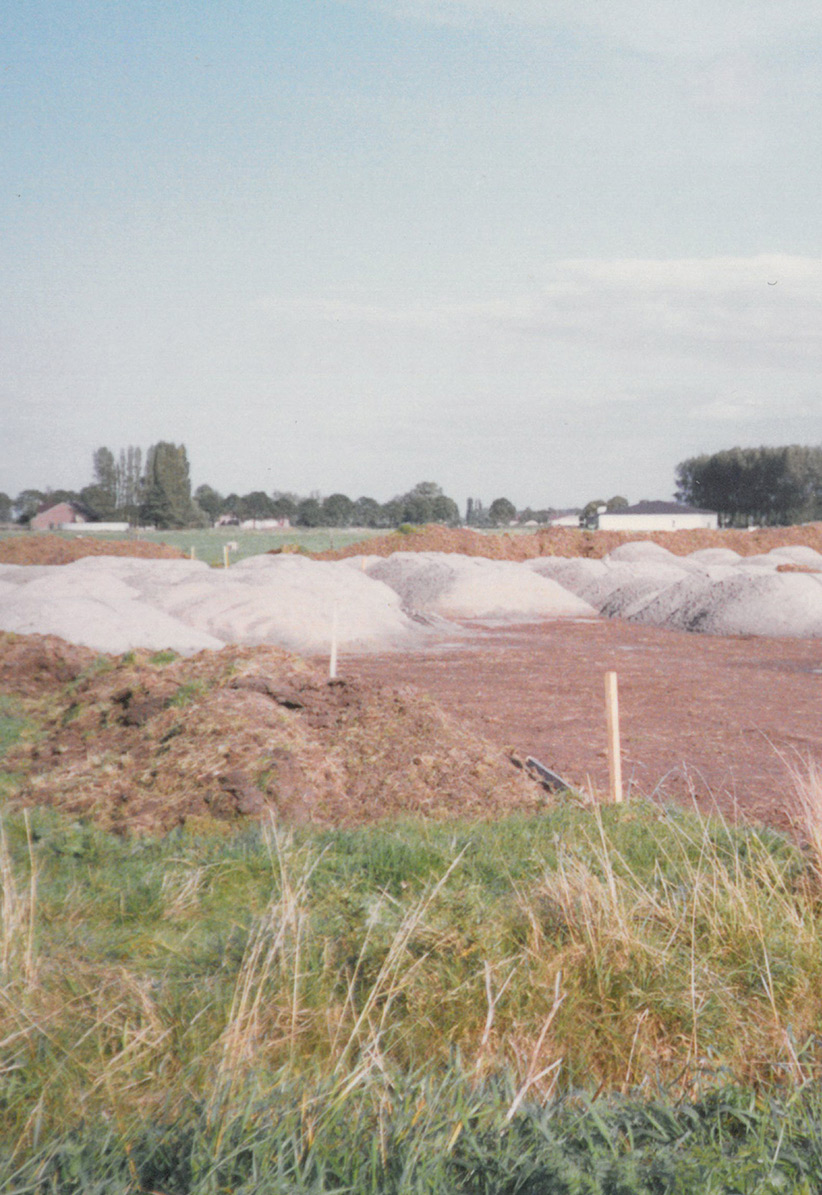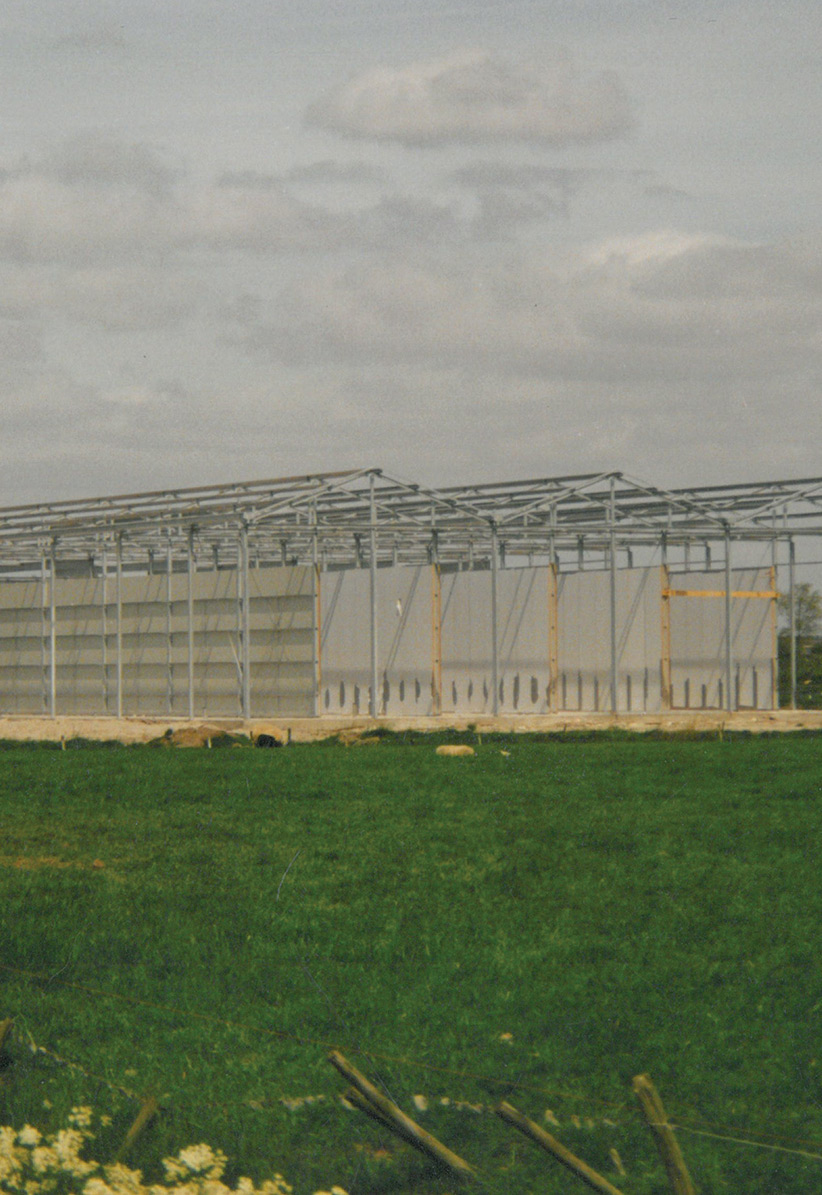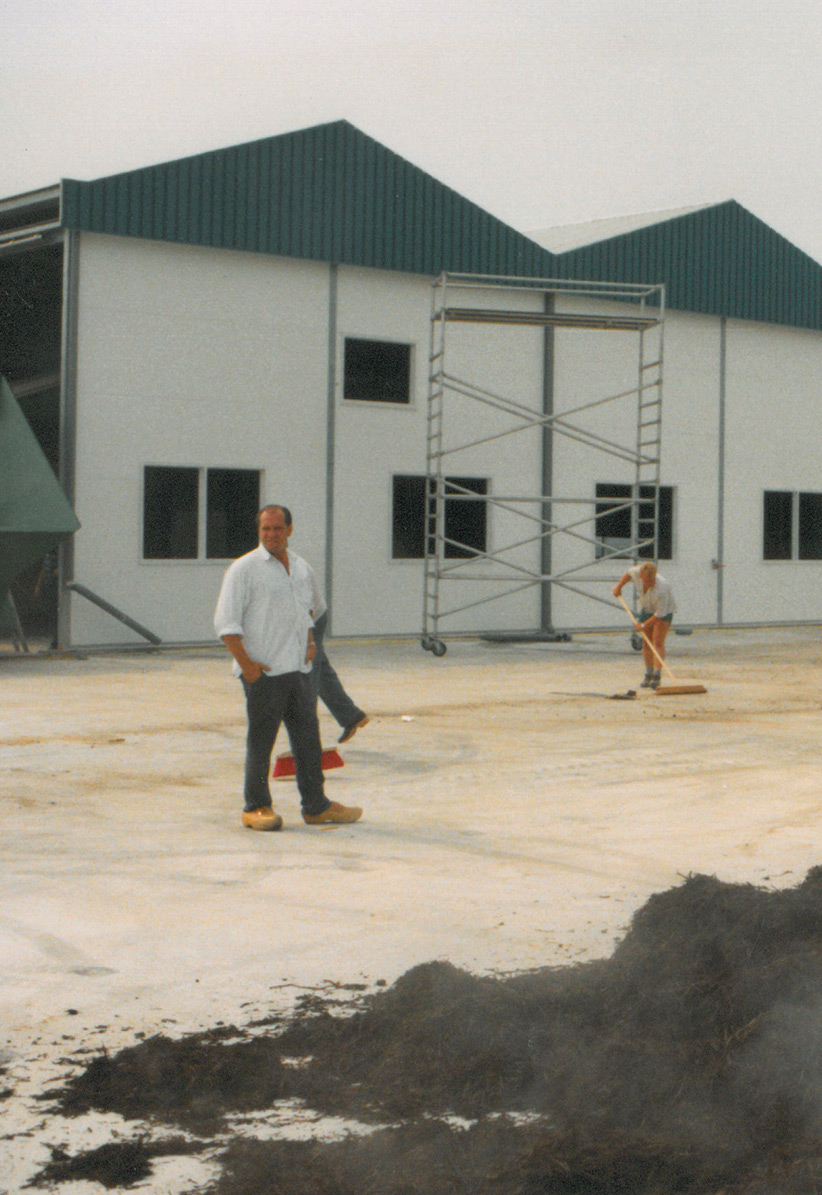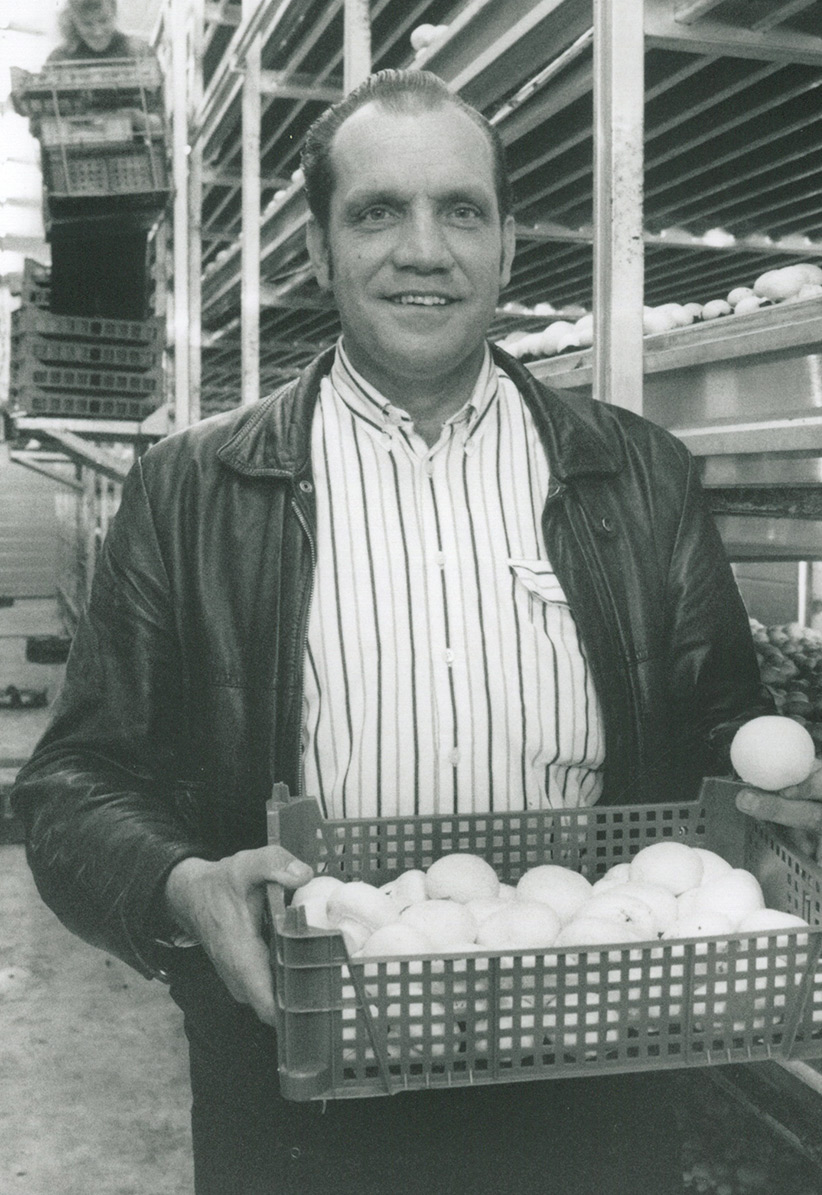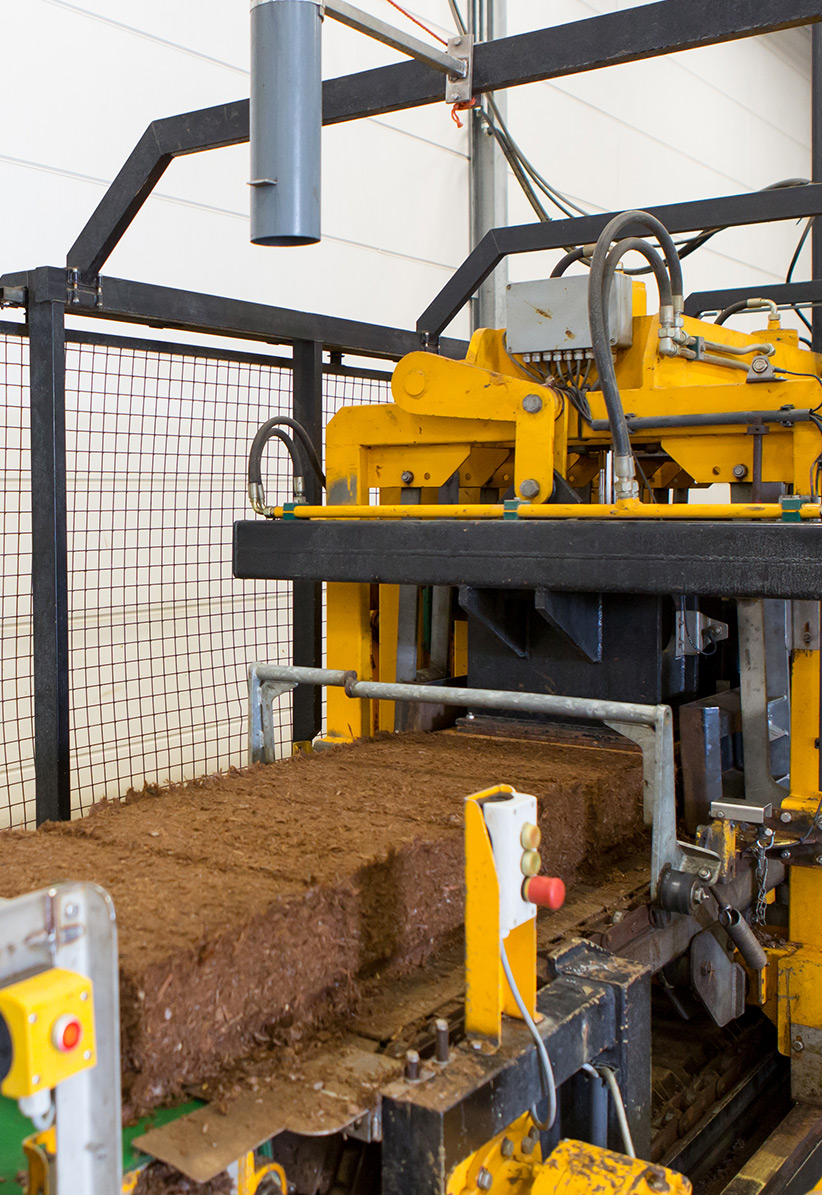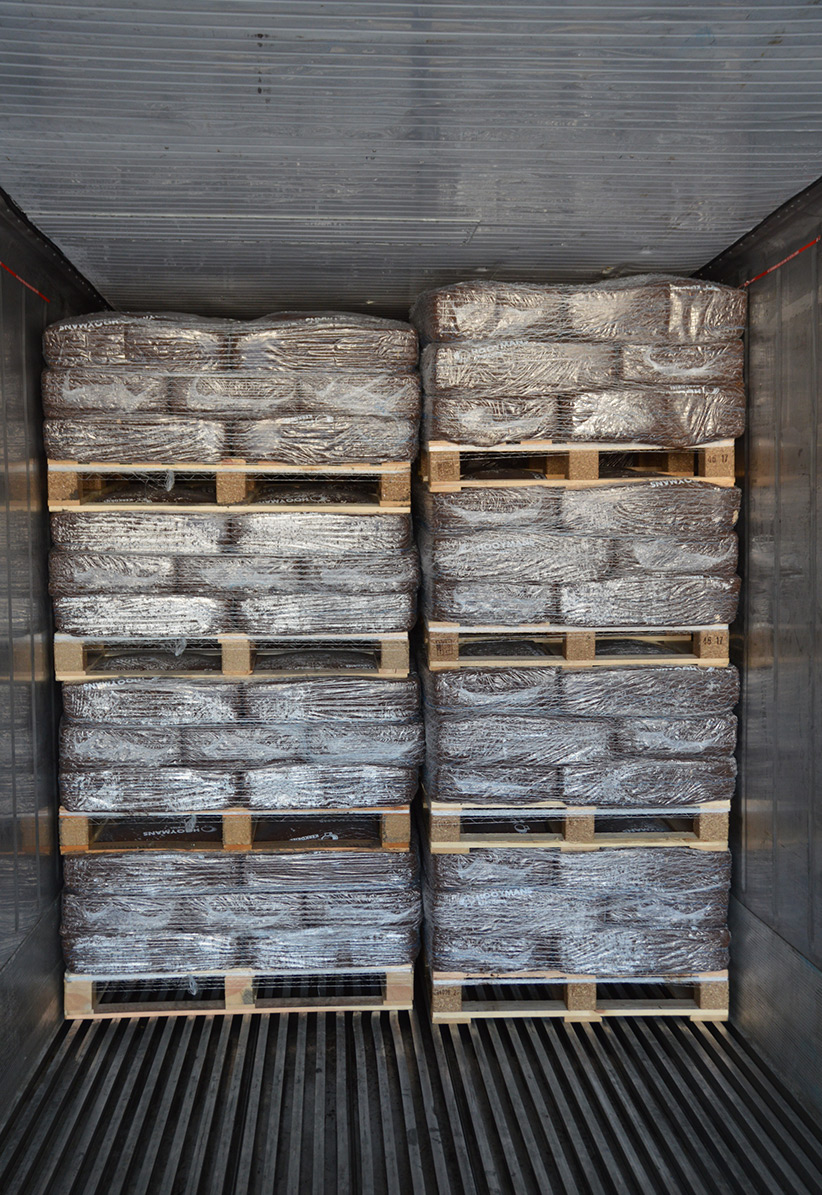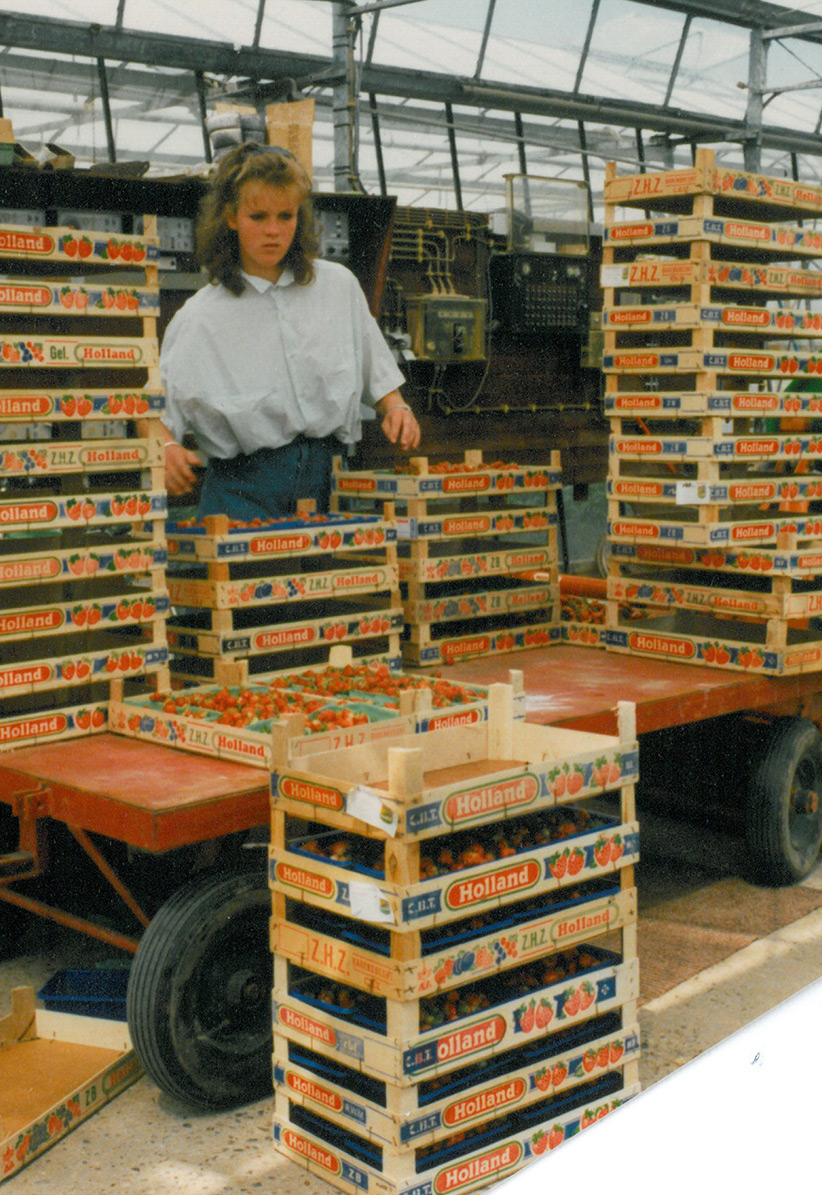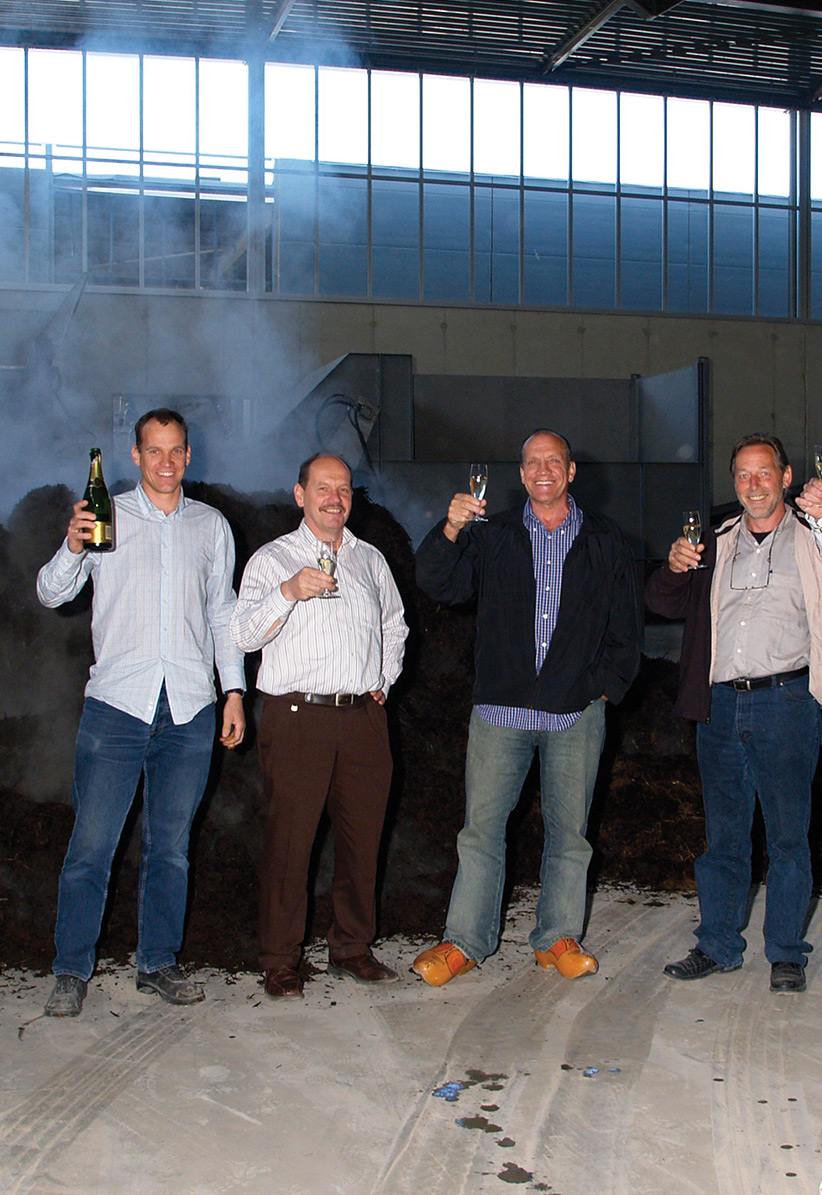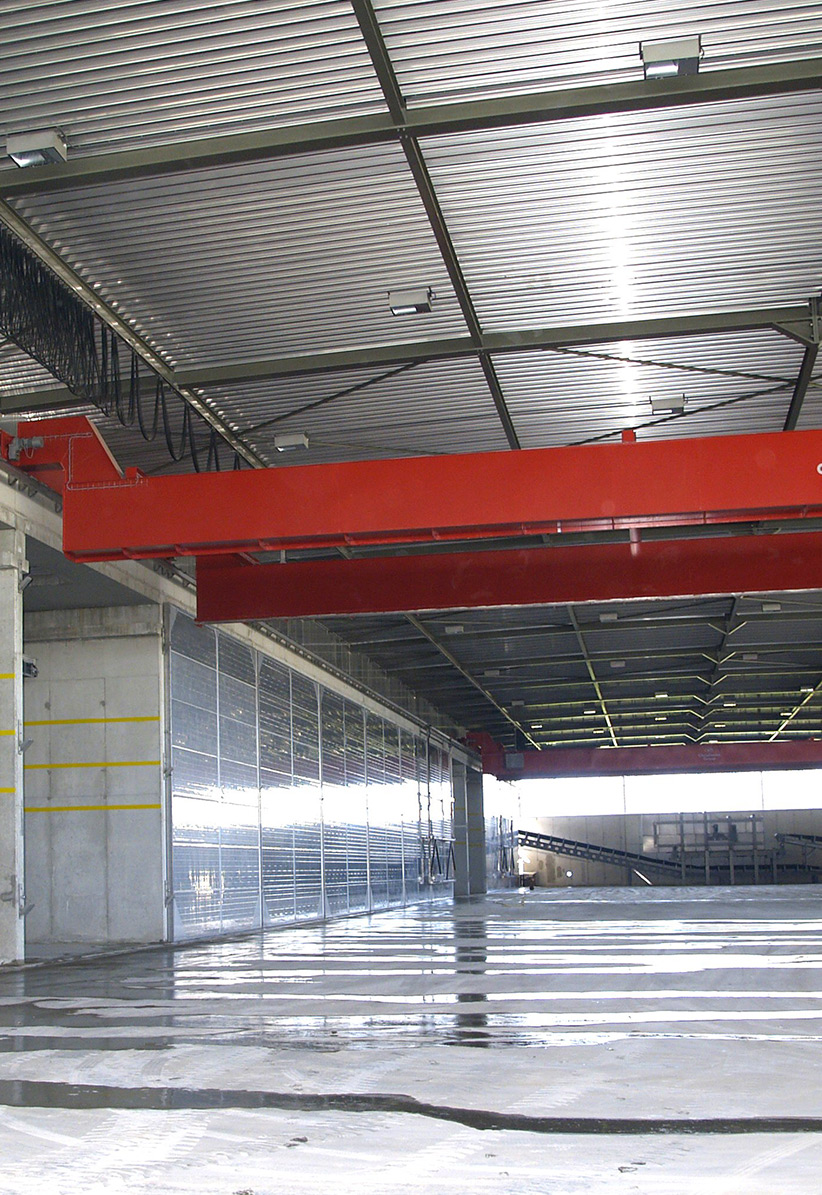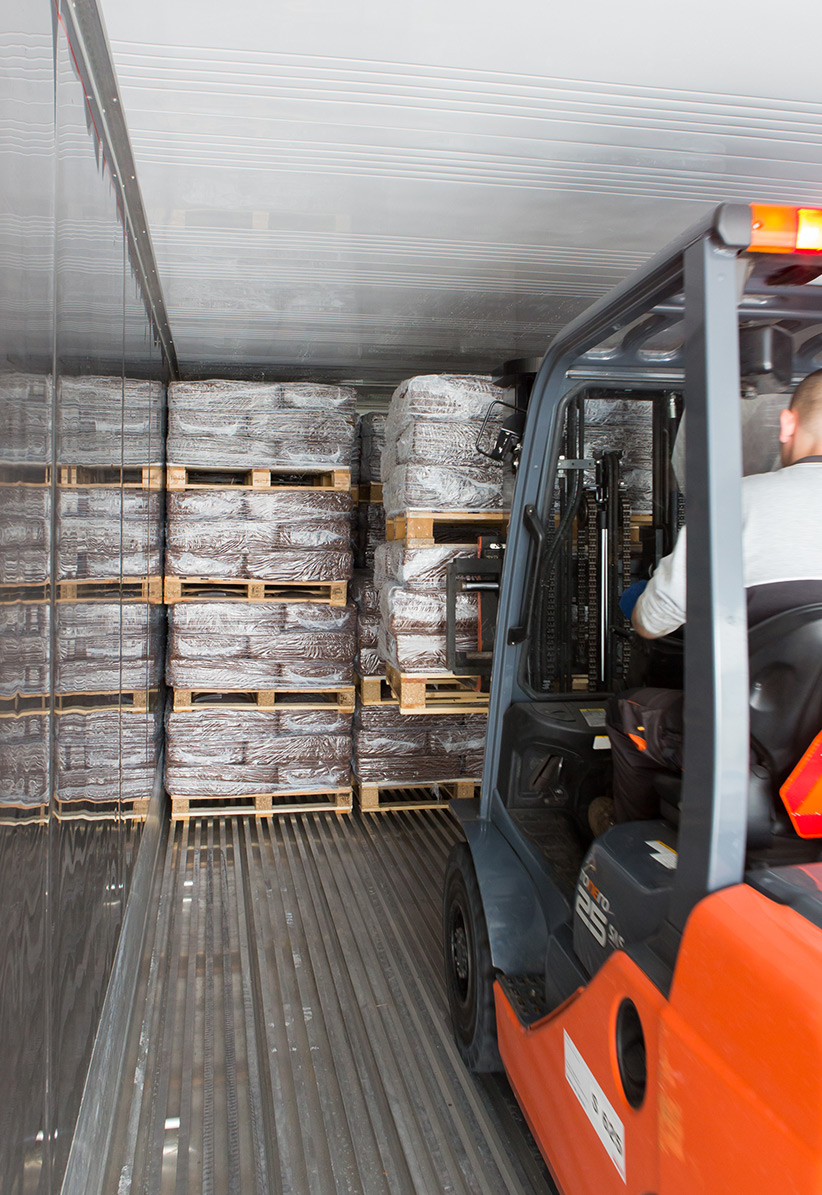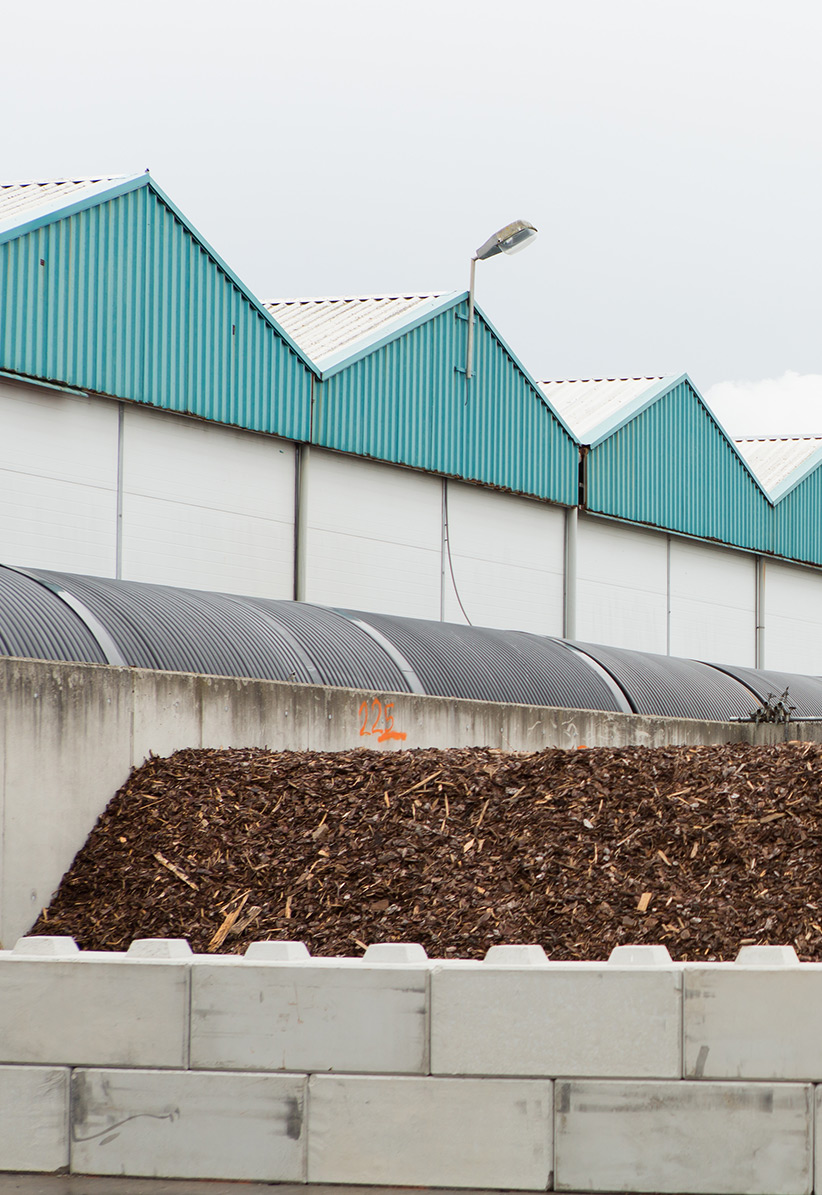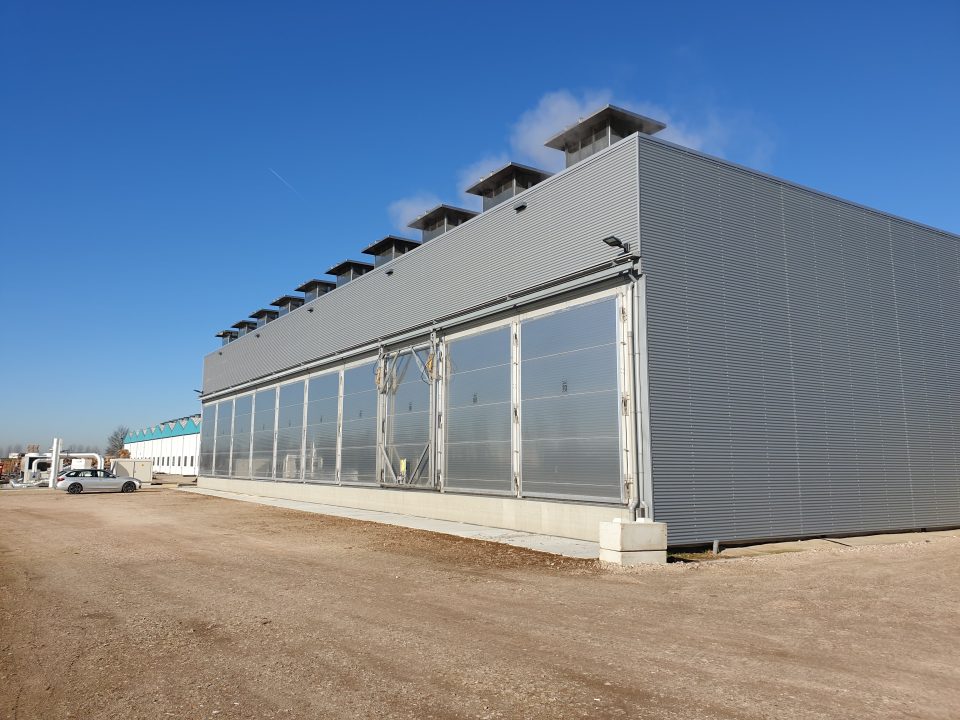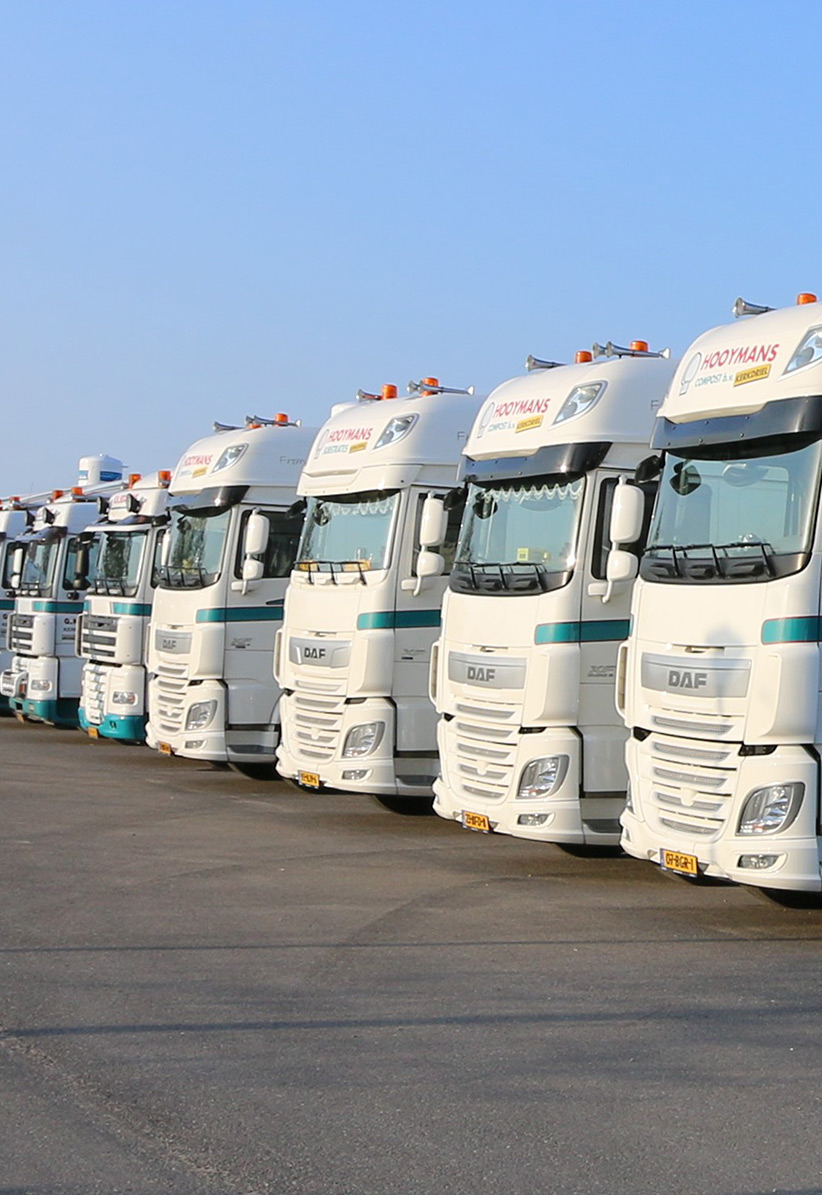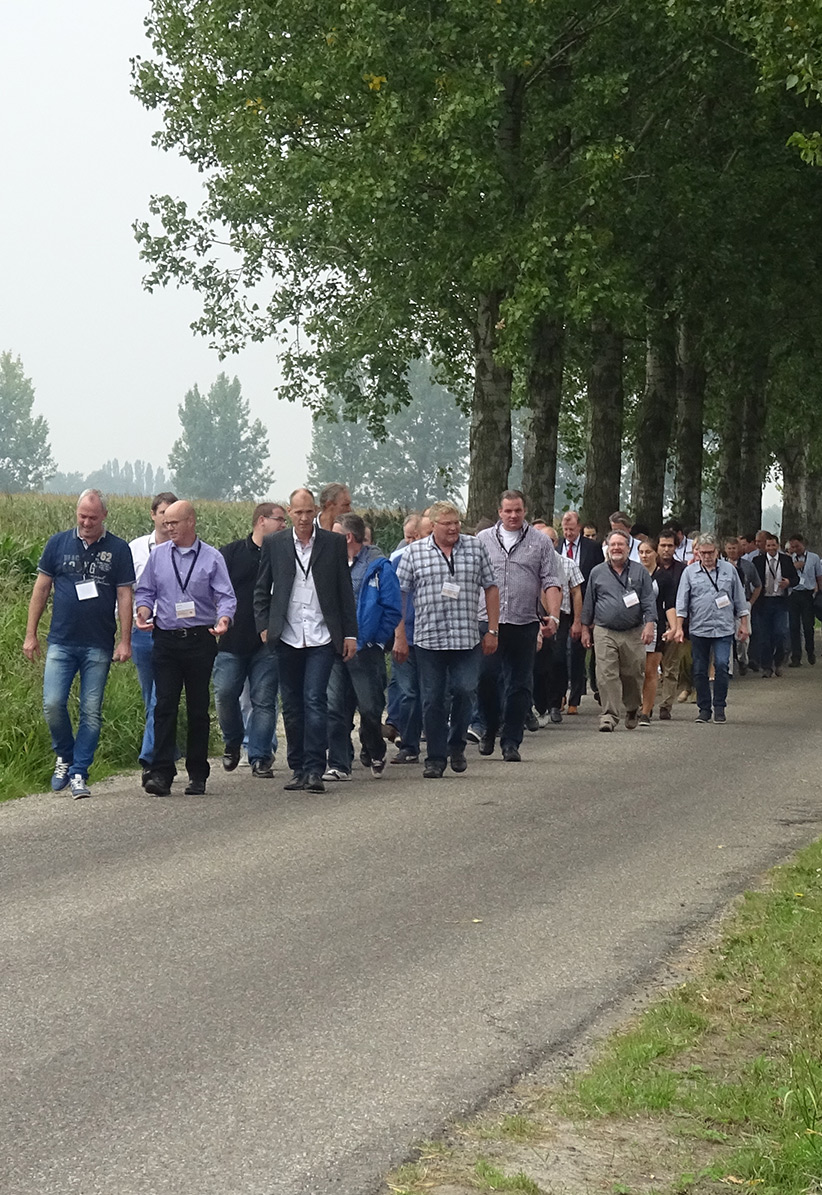- 1964
- 1966
- 1969
- 1981
- 1986
- 1988
- 1989
- 1990
- 1991
- 1994
- 1995
- 2006
- 2008
- 2009
- 2010
- 2013
- 2014
- 2018
- TODAY
-
1964
In 1964, Gerard builds his first greenhouse near his home on Noordbeemderweg in Velddriel at the age of 19. He decides to fill his greenhouse with strawberry plants as the strawberry trade has a good reputation. Soon, Gerard starts thinking of expanding, as strawberry cultivation has begun to prosper and Gerard starts growing tomatoes at the same location.
“I decided to fill my own greenhouse with strawberry plants, since the strawberry trade had a good reputation.”
-
1966
1966, the year he married his wife Corrie van Oers, saw further expansion of the greenhouse at a steady pace. At one time, there were approximately 8,000-m² worth of greenhouses. Apart from the fact that Corrie helped with the picking, she was also responsible for the overall management process. As if that was not enough, she also ensured that home life did not play second fiddle. As a result of this, Gerard had his hands free to focus on trading. Corrie was busy from early morning to late evening, so there was very little free time left for her. Dividing the tasks in such a way meant that they formed a team with the objective focused on quality and not quantity. “The strawberries and tomatoes were superb. I knew which were the most delicious. But yeah, of course every grower who takes his profession seriously is aware of these kind of facts”, says Gerard about his quality control.
-
1969
In 1969, Gerard first comes into contact with mushrooms as a grower. This creates an additional cash flow in addition to the seasonal cultivation of tomatoes and strawberries, which by then had already grown to a greenhouse area of 8,000 m². At Veersteeg in Kerkdriel, 2 mushroom cells of 200 m² take shape, which are expanded to a total of 6 shortly afterwards.
-
-
1981
The next expansion of the mushroom nursery takes place in 1981 A mushroom nursery of 7 cells was acquired in Heeswijk-Dinther. A great opportunity now that the mushroom trade is flourishing.
-
1986
In 1986, a new four-cell nursery was built at Veersteeg in Kerkdriel. This nursery was also quickly expanded to 6 cells to meet the increasing demand for mushrooms.
In the mid-1980s, persistent virus problems occurred in the cultivation of purchased mushroom substrate and within a few years, this problem repeated itself for the second time, a setback that had a major impact on the future of our company: this will not happen to us a third time! The urge arises to produce substrates in-house. In the Netherlands, however, this matter is still uncharted territory. To gain the necessary knowledge of the process and the product, son Jan was involved in the business and immediately assumed a significant role.
-
1988
Two years later, on 4 August 1988, the ground was finally broken on Oostenbroekweg in Velddriel for the very first tunnels for the production of phase 3 substrate. These tunnels form the basis of the substrate company as it is today.
-
1989
On 18 August 1989, the memorable moment when the long-awaited first full-grown substrate is delivered to the company’s own nursery arrives. This milestone marks the fruitful beginning for the growth of our family business that will follow.
-
1990
As there is rapidly increasing competition in the tomato market, Gerard decides to stop growing. The main reason is our new tunnel farm on Oostenbroekweg, which absorbs all attention. Several spawning varieties make their appearance, allowing a variety of customer demands to be met. By then, production of phase 3 substrate had increased to 1,200 tonnes per week.
-
1991
At a rapid pace, the number of customers increases, soon confronting us with new choices. The mushroom farms in Heeswijk-Dinther and at Veersteeg in Kerkdriel were sold to concentrate further on the production of substrate.
-
1994
This choice soon bore fruit, the regional character disappeared and in 1994 the first delivery of mushroom substrate was exported to neighbouring Belgium. Germany soon followed as a second export destination.
-
1995
Remarkably, strawberry cultivation continued to play a role in Gerard’s life until 1995. After more than thirty years, Gerard and Corrie said goodbye to the beloved strawberries with which they had taken their first steps into entrepreneurship. This step was followed by the dismantling of the horticultural business in 1998.
This step was followed by the dismantling of the horticultural business in 1998.
-
2006
Finally the shovel goes into the ground for a new indoor phase 1 factory for which the required permit has been in place for 2 years. First of all, an indoor reception hall is erected that will be completed in the same year. In addition, space is being prepared for 12 bunkers of 57 metres in length. New tunnels will also be constructed, increasing the output of phase 3 substrate to 2,500 tonnes per week. The full commissioning of the phase 1 facility will not finally take place until 2009 after the dust surrounding the granting of the licence has settled.
-
2008
In 2008, the sales market is expanded overseas towards the UK for the first time. This market flourishes under the influence of fluctuating exchange rates.
-
2009
In 2009, delivery opportunities are expanded with the entry of a packaging line. By packing the substrate into packages, the scope of operations is further extended to global overseas exports. In this same year, organic substrate also enters the market to respond to an increasing demand for organically grown crops in Europe.
-
2010
A true disaster occurs when cousin Johan Hooijmans’ mechanical harvesting company is completely destroyed by fire. This brings an abrupt end to a 41-year period in which mushroom cultivation as a profession has been central to our family. The rapidly growing substrate business makes us decide to focus entirely on substrate production from now on. Johan, who is already involved in the new packaging line, will focus on innovation.
-
2013
In 2013, 3 new phase 1 bunkers are added, bringing the total number to 15 and guaranteeing a capacity of 10,000 tonnes of phase 1 substrate per week. This makes us unique in our field. Also, the construction of new tunnels will increase output to 3,000 tonnes of phase 3 substrate per week.
-
2014
In 2014, Hooymans Substrates celebrated its 25th anniversary. A milestone that was extensively discussed in the form of an anniversary weekend, with a symposium, but a festive evening. A success and milestone that we look back on with pride and fond memories.
-
2018
After several “smaller” expansions, a new block of 10 tunnels for growing phase 3 substrate is realised. These tunnels are equipped with state-of-the-art technology, increasing output to 3,500 tonnes of phase 3 substrate per week.
-
TODAY
Today, Hooymans Substrates has grown into a major international player in the mushroom substrate market with customers on every continent. We did not expect ourselves to grow into a company of this magnitude. Years of perseverance, learning and improvement have led to the successful product we offer our customers worldwide today. A continuous drive for improvement and listening to our customers’ needs drive the way we work. We are all pulling in the same direction and this drive and decisiveness can be seen in all parts of the company. We continuously anticipate innovations and developments in the sector and want to build towards the future together with our customers and partners. A future with room for expansion and which we view positively, because mushrooms are gaining in popularity worldwide which is not surprising as they are delicious, healthy and versatile.
